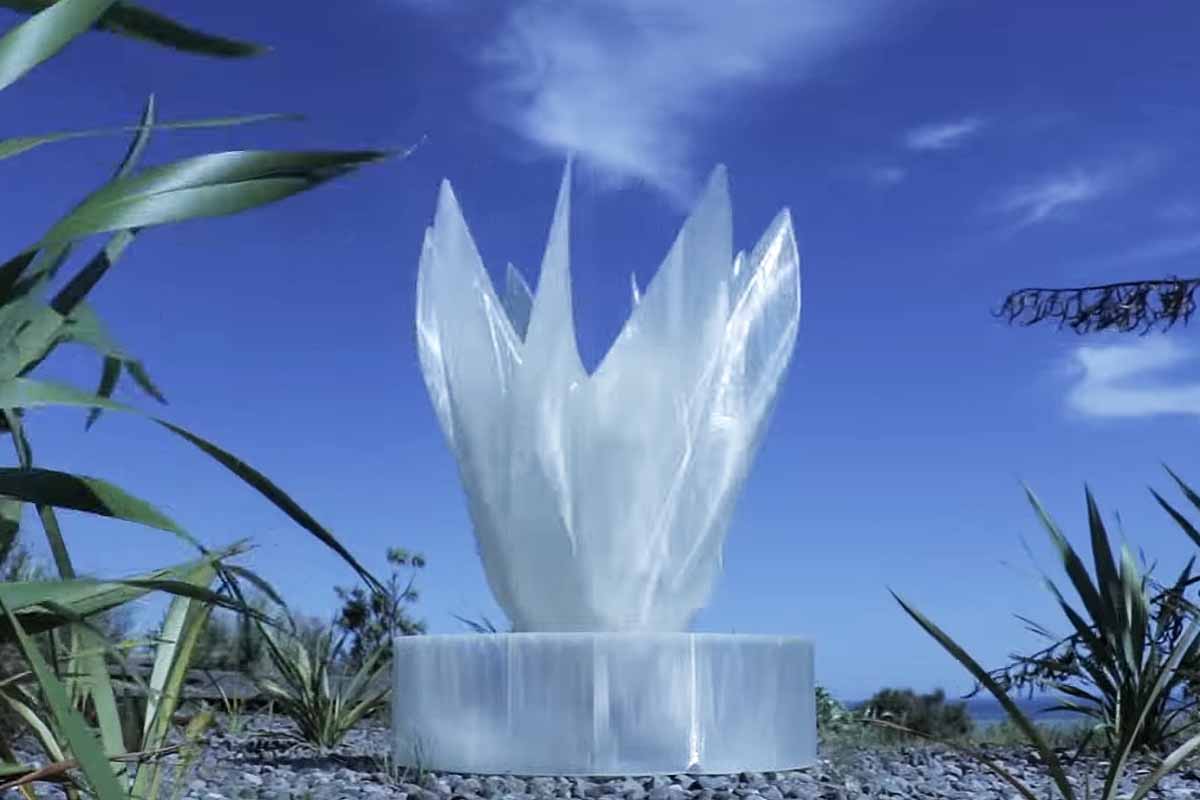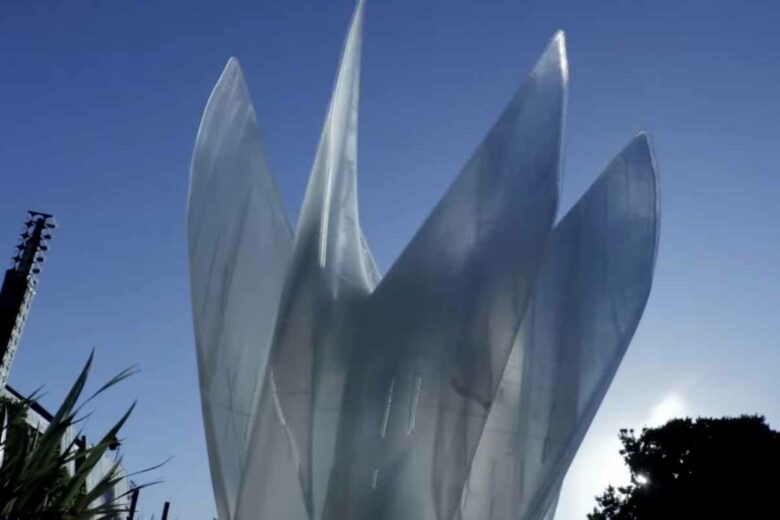
Power Pot Plant, the invention of a domestic wind turbine in the shape of a plant, in biopolymer of vegetable origin
To calculate the carbon footprint of wind turbines, experts take into account Greenhouse gas emissions related to manufacturing, transportation, installation, operation and maintenance the system. in France , Adam data It indicates that the emission rate of a conventional wind turbine is 14.1 gCO2-eq/kWh for the onshore model and 15.6 gCO2-eq/kWh for the marine model. Although these rates are much lower than those for fossil fuels, there is still room to reduce them further. How is this achieved? It is critical to review all steps related to wind system deployment. Ross Stephens, a New Zealand industrial designer, had the idea of 3D printing local vertical axis wind turbine components. This avoids the use of an energy-intensive and polluting manufacturing process. This designer’s concept has many other advantages. decryption.
What are the special features of the power station innovation?
Stevens claimed his Savonius wind turbines were inspired by nature. This one looks like a potted plant. The turbine blades mimic the petals of a flower. From an aesthetic point of view, this system can be considered as an outdoor decoration piece in itself. Natural elements such as stones, plants and earth are added to its base to enhance its stability. In addition, small size and light weight wind turbines benefit from excellent portability. she It can be easily disassembled, moved and installed by its user Himself. In addition, the designer used a biopolymer taken directly from plants to manufacture the various components of his clean energy technology. This plant material gives the new mini wind turbine a more rugged look. When the system reaches the end of its life, the turbine components can be completely recycled for future use.
Why might this technology be more environmental?
This New Zealand designer also solved the problem of carbon dioxide emissions and high energy consumption when manufacturing conventional wind turbine components. For this, he developed his new machine using multi-material 3D printing. This will be the process More environmentally friendly And more advantageous in terms of cost and lead time. It should be noted that 3D printing is already used in many other fields such as aviation and construction. Stevens also plans to recycle used electric vehicle batteries to store electricity produced by solar and wind power facilities in private homes. This energy storage solution will be more affordable and more powerful.

How did this innovator explain his choice of 3D printing?
Stevens has researched 3D printing since 2004. He has a keen interest in digital fabrication. In 2007, he established Ponoko, a company specialized in this field. According to him, this method of additive manufacturing will be especially interesting when it comes to building parts that are too large and not suitable for traditional molding. It’s the same for realizing very complex parts that manual assembly technology can’t do. This innovator determined that his project development of domestic wind turbines It was supported by the MADE group at Victoria University of Wellington. So far, no information has been provided on the energy efficiency of this device. more information : designboom

“Organizer. Social media geek. General communicator. Bacon scholar. Proud pop culture trailblazer.”
